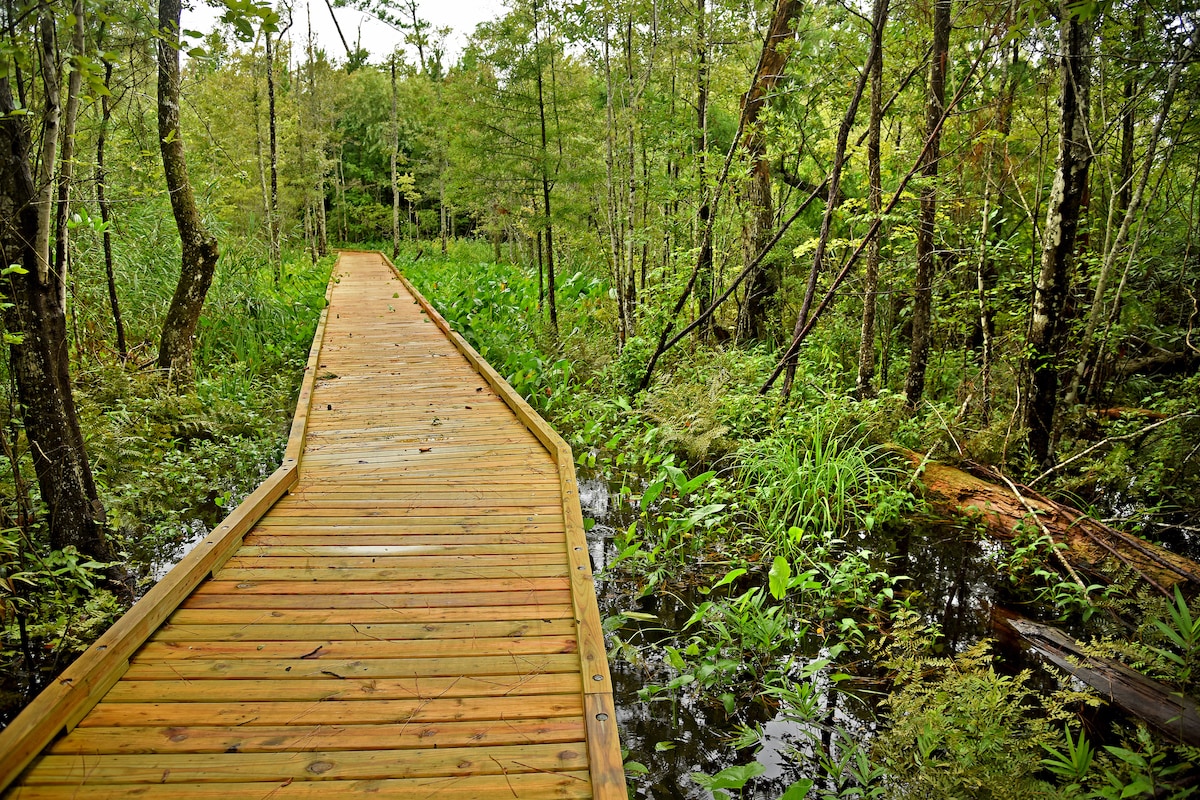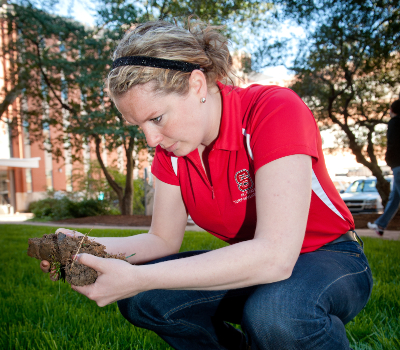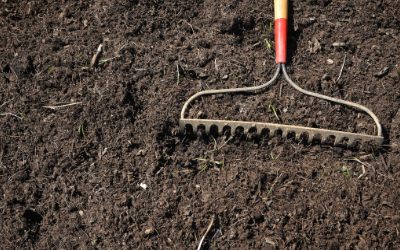Basic Hydric Soil Identification
Basic Hydric Soil Identification

An In-Depth Short Course for Wetland Professionals
In wetland landscapes, hydric soil supports the growth and regeneration of vegetation that has adapted to grow in saturated and low-oxygen environments. The presence of hydric soil is one of three primary characteristics used to identify a wetland, in addition to the presence of water in or above the soil and hydrophytic vegetation. This two-day training course offers an in-depth look at basic hydric soil identification and will guide participants through identification and documentation of hydric soils.
Topics covered in this course include soil profile descriptions, wetland soil chemistry, redoximorphic features and hydric soil field indicators, organic soil field indicators, and relict features in hydric soils. In addition to classroom discussion and homework, you’ll gain hands-on fieldwork experience in soil description and identification of hydric soil indicators.

Course Objectives
Upon completion of this course, participants will be able to:
- Complete detailed profile descriptions in the field
- Understand how hydric soil field indicators form
- Identify field indicators from profile descriptions
- Identify field indicators in organic materials
- Identify relict features in hydric soils
Register before Oct. 3 to secure your spot.
“I thought the course was a great way to learn about and identify hydric soil; provided many great materials and tools to do so.”
– Nicholas Romano, Environmental Analyst at Kimley-Horn, Virginia Beach, Virginia
Who Should Attend?

This course is intended for environmental professionals and consultants, biologists, wetland scientists, soil scientists, land use planners, and regulatory agency personnel who want to extend their knowledge of hydric soils for the benefit of wetland conservation and management initiatives. With its specialized focus on hydric soils, this program serves as a critical learning resource for wetland professionals in training.
Course Details
Dates: Oct. 7-8 2024 – 8 a.m. to 5 p.m.
Location:
Courtyard Raleigh/Cary Parkside Town Commons (i.e., Courtyard by Marriott)
1008 Parkside Main Street
Cary, NC 27519
Registration Fee: $885

Register before Oct. 3 to secure your spot.
Meet the Program Faculty

Dr. Michael Vepraskas is a William Neal Reynolds Distinguished Professor of Soil Science at North Carolina State University, where he conducts research on hydric soils and teaches a semester-long course on wetland soils. Mike has nearly 45 years of experience conducting research on hydric soils at three universities. Mike authored Redoximorphic Features for Identifying Aquic Conditions as an outgrowth of his work for the National Resources Conservation Service (NRCS) in revising Soil Taxonomy. Mike also helped develop the NRCS’s Field Indicators of Hydric Soils of the United States, and he is a featured lecturer at the NRCS’s Advanced Hydric Soils Workshop taught throughout the country. Mike currently works with consultants and government agencies to solve unique hydric soil problems throughout the U.S., including the development of a technical standard for hydric soil identification for the National Technical Committee for Hydric Soils.
Questions? Contact us!
Email ContinuingEducation@ncsu.edu or call 919.515.2261 for more information.